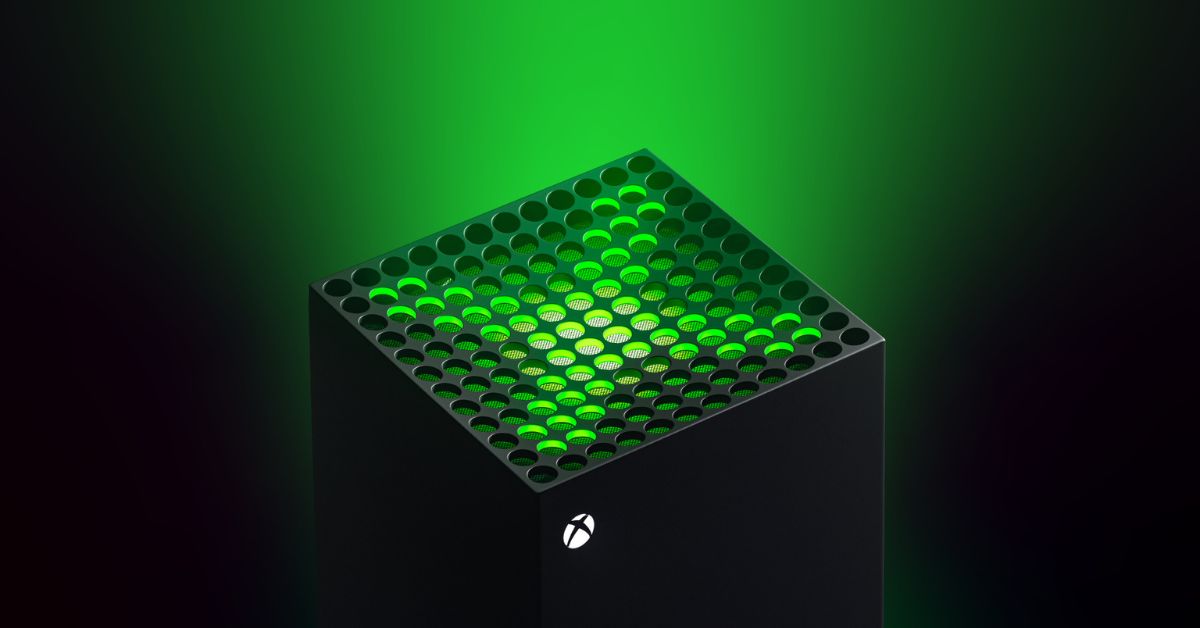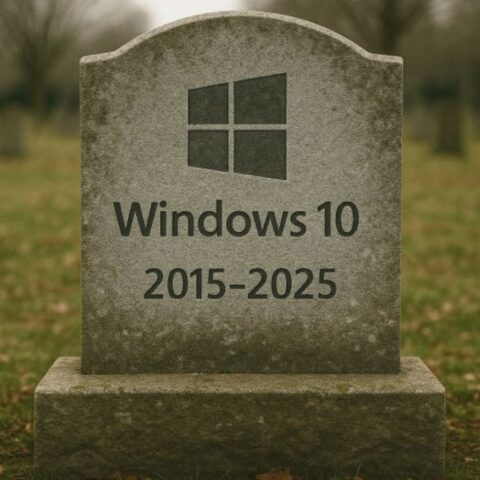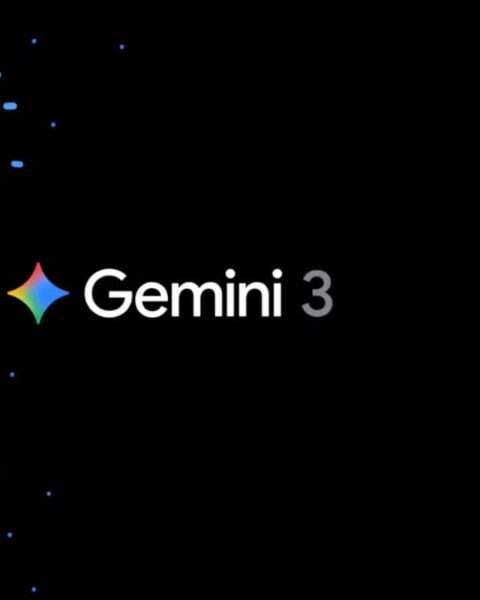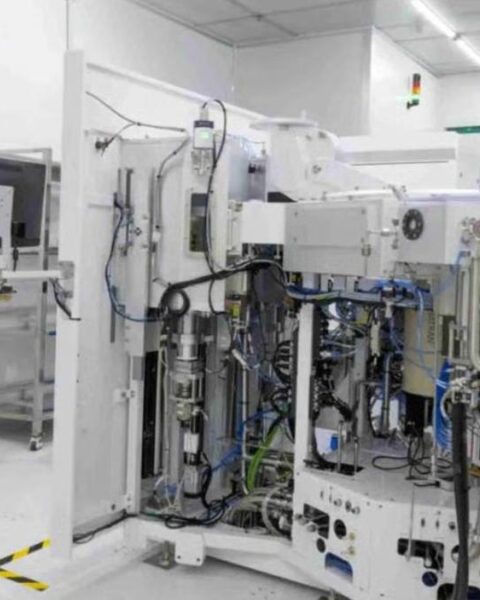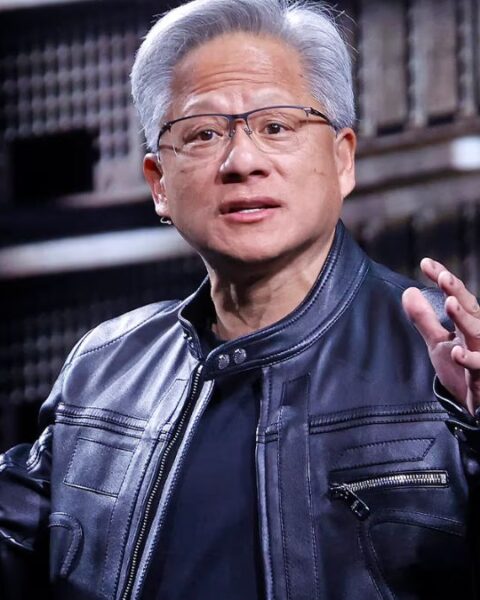Microsoft is taking major steps to fix the long-standing USB-C confusion that has frustrated laptop users for years. With the upcoming Windows 11 24H2 update, the company will enforce strict new hardware standards that all certified Windows 11 laptops must follow.
In the past, manufacturers could freely choose how to implement USB-C features, leading to inconsistent charging speeds, data transfer rates, and display compatibility.
This resulted in common problems—such as monitors not working with USB-C connections—because users had no way of knowing if their port or cable supported the needed features.
Starting with Windows Hardware Compatibility Program (WHCP) certification for Windows 11 24H2 and beyond, Microsoft will require that USB-C ports meet strict minimum specifications.
Here’s what’s changing:
For USB4 ports:
- Must support 40 Gbps or 80 Gbps data transfer speeds
- Must be fully compatible with Thunderbolt 3
- Must support DisplayPort Alt Mode, PCIe tunneling, USB Power Delivery, and dual 4K@60Hz monitors
- Must offer at least 15W charging (7.5W for tablets)
For USB3 ports:
- Must support 5, 10, or 20 Gbps speeds
- Must support 4.5W to 15W charging
- Must handle at least one external display
- PCIe and Thunderbolt 3 support not required
Manufacturers seeking WHCP certification must now test their devices with Microsoft’s Windows Hardware Lab Kit (HLK). This move aims to create a more predictable and reliable USB-C experience for users across all Windows 11 devices.
Microsoft’s decision to enforce these standards could finally end the guesswork around USB-C performance and compatibility, making the “one port for everything” promise of USB-C more of a reality.

